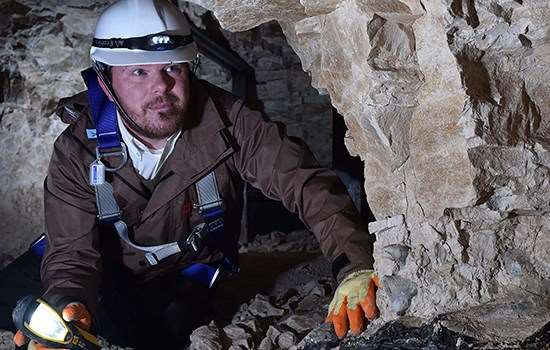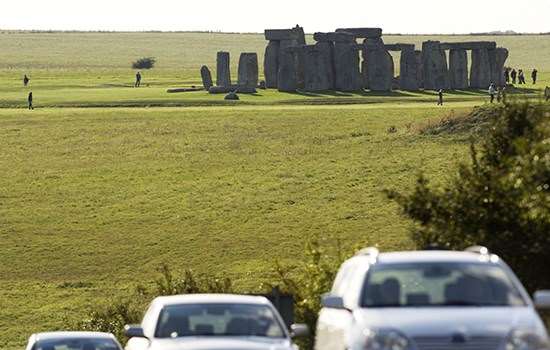07/03/2017
Mary Macarthur celebrated with first Blue Plaque of the year
English Heritage unveils first blue plaque of the year for trade unionist and women's rights activist Mary Macarthur on the eve of International Women's Day
A blue plaque commemorating trade unionist Mary Macarthur will be unveiled today in north London.
It is the first blue plaque to be installed this year and coincides with International Women's Day on 8 March - a fitting tribute for a woman who dedicated her life to improving conditions for working women. Read more about women who made history here.
Macarthur spearheaded the campaign for equal pay and during the First World War she fought against appalling working conditions for women in munitions factories.
Macarthur's blue plaque marks the semi-detached house on Woodstock Road, Golders Green, where she lived during the height of her activism and where she laterdied on New Year's Day in 1921.
Anna Eavis, Curatorial Director at English Heritage, said:
"Mary Macarthur was a truly remarkable woman. She was tireless in her battle for equal pay and better working conditions and was responsible at least in part for the introduction of a minimum wage and the regulation of 'sweated' working.
"We owe Mary a lot and it seems fitting to celebrate and remember her many achievements with a blue plaque during Women's History Month, especially on the eve of International Women's Day."
Frances O'Grady, General Secretary of the Trades Union Congress said:
"I'm delighted that Mary Macarthur's huge contribution to the union movement, and particularly to working women, is being honoured with a blue plaque from English Heritage.
"Thanks to her and others like her there were more than a million women in unions by 1918."
Macarthur's blue plaque is the first of many to be unveiled this year. Other blue plaques will include silent film star Charlie Chaplin and painter Francis Bacon.
The London-wide blue plaques scheme has been operating for over 150 years and celebrates the lives of many notable men and women who lived and worked in the city.
Download the free app now from the App Store for iPhone or the Google Play for Android.
About Mary Macarthur
Born in Glasgow in 1880, Mary Macarthur was elected President of the Scottish National District Council of the Shop Assistants' Union and in 1903 became the first woman to be elected onto its National Executive.
During the First World War, Macarthur fought for equal pay for the thousands of women who worked at munition factories and in other traditionally male jobs when their male counterparts were conscripted.
In 1918 the women workers on London buses and trams were the first to strike for equal pay, a moment described by Macarthur as 'a landmark for the women's movement and for trade unionism'.
As a founder member of the Anti-Sweating League, Macarthur devoted significant energy to campaigning for an end to 'sweated' labour, which saw women often working from dawn until 11pm for less than a living wage. Macarthur personally investigated the sweated industries, even contracting diphtheria in the process.
Macarthur's Golders Green house was her final home. Her funeral was attended by politicians and unionists as well as by confectionary workers from Bermondsey, munitions workers from Edmonton and chain makers from Cradley Heath in Staffordshire.
For more from English Heritage, follow us on Facebook, Twitter or Instagram.
More recent news
-

Grime's Graves prehistoric mineshaft to open for the first time
English Heritage members will have access to a new prehistoric flint mine at Norfolk's Grime's Graves for the first time from next month.
-

What Not to Say with Flowers
Hopeful suitors, admirers, and other halves should think twice about what flowers they send to their beloved on Valentine's Day.
-

Stonehenge and The A303 - Consultation Response
English Heritage, Historic England and the National Trust respond to the proposed A303 Stonehenge tunnel.